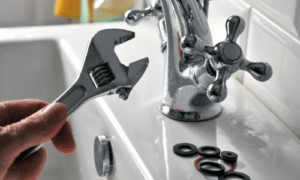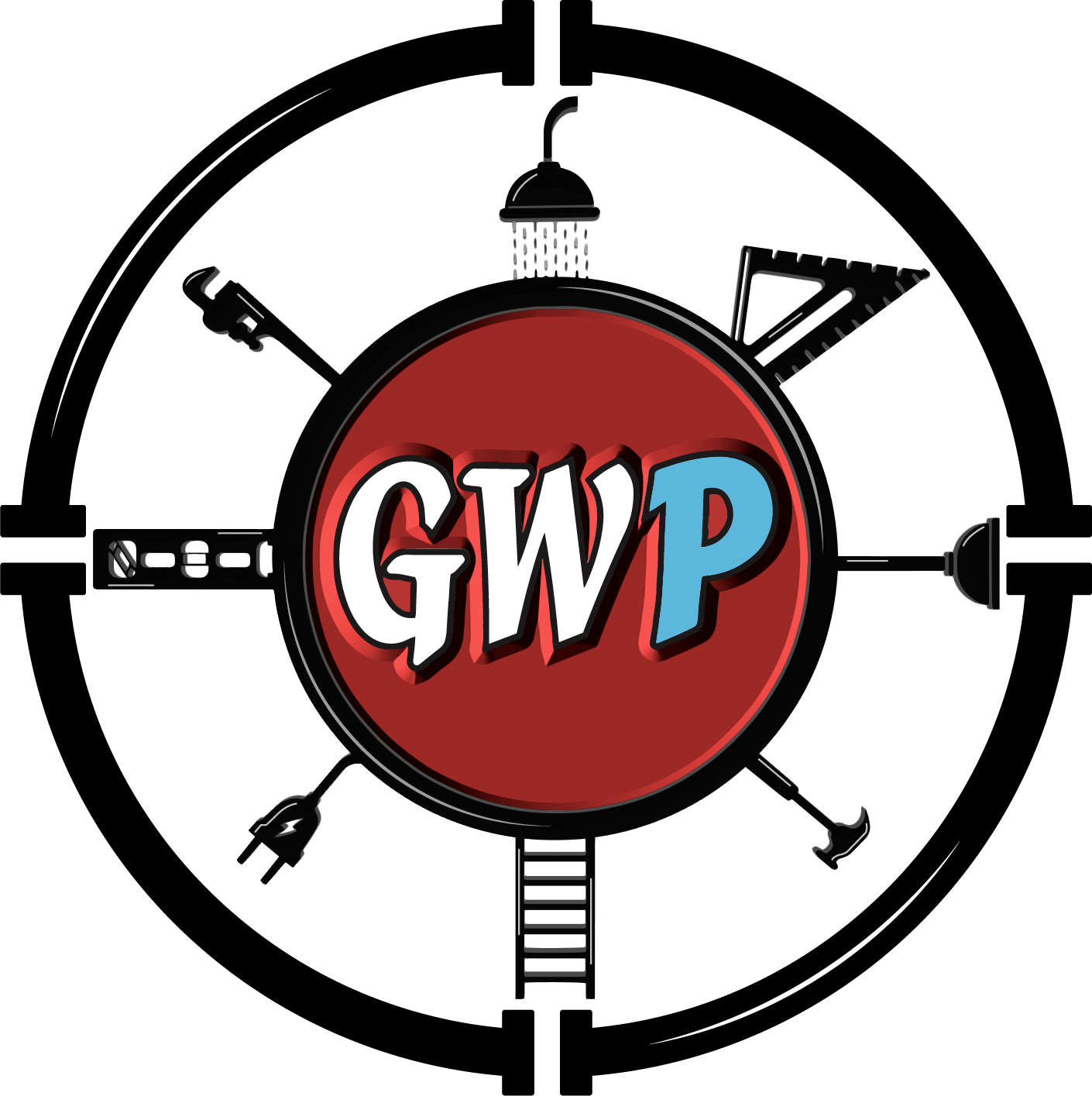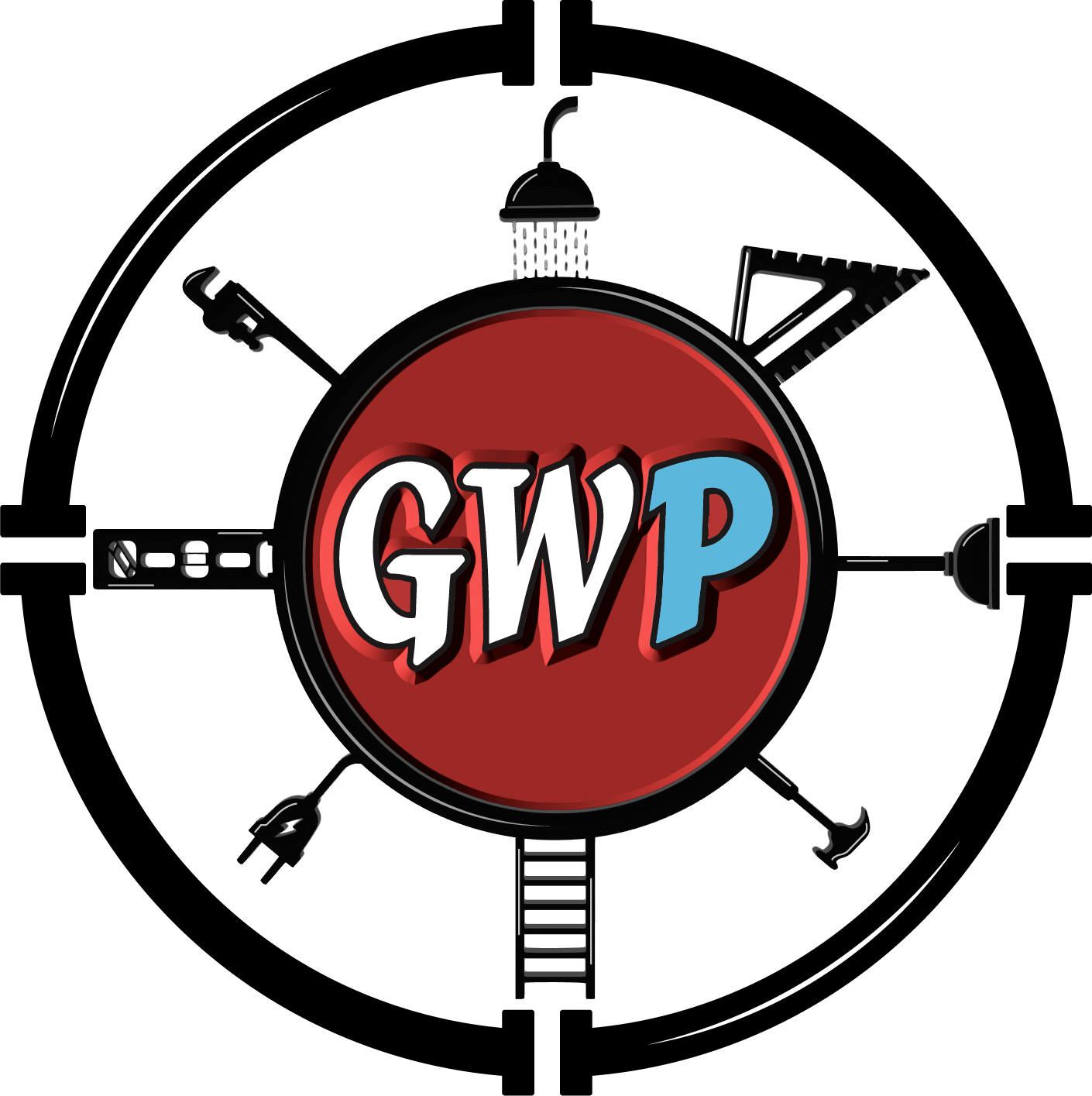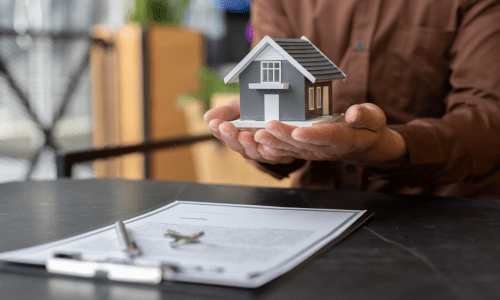Congratulations! You’ve just purchased your first home. Amidst the excitement of decorating and settling in, there’s one crucial aspect that new homeowners often overlook—plumbing. While it might not be the most glamorous topic, understanding your home’s plumbing system can save you from costly repairs and sleepless nights later on.
Think about it: when was the last time you thought about your pipes until something went wrong? A burst pipe or a clogged drain isn’t just inconvenient; it can disrupt your daily life and leave a hefty dent in your budget. But don’t worry—this guide will equip you with the essential plumbing tips every first-time homeowner should know.
So grab your toolbelt (or just a notepad) and let’s dive into the basics of keeping your plumbing system in tip-top shape.
1. Locate the Main Water Shutoff Valve
One of the first things you should do in your new home is locate the main water shutoff valve. This single step could save you from significant damage during a plumbing emergency.
Why It Matters
Imagine a pipe bursting in the middle of the night. Water is gushing, and every second counts. Knowing where the shutoff valve is and how to use it can prevent extensive flooding andthousands of dollars in repairs.
How to Find It
- The main shutoff valve is often located in the basement, crawl space, garage, or near the perimeter of your home.
- If you’re unsure, follow the path of your main water line entering the house.
Pro Tip
Test the valve to ensure it works properly. Over time, valves can corrode or stick, so make it a habit to turn it off and on at least once a year.
2. Understand Your Water Heater
Your water heater is one of the hardest-working appliances in your home, providing hot water for showers, laundry, and dishwashing. But do you know how to maintain it?
Why It Matters
An inefficient water heater can increase your energy bills or leave you with cold water when you need it most. Worse, a neglected water heater can leak, causing water damage.
Quick Tips
- Set your water heater’s thermostat to 120°F. This temperature prevents scalding and saves energy.
- Flush the tank annually to remove sediment buildup that can reduce efficiency.
- Inspect for signs of rust or leaks around the tank base.
Pro Tip
If you have an older water heater, consider upgrading to a tankless model. It heats water on demand, saving energy and providing an endless hot water supply.
3. Avoid Flushing Non-Flushables
It’s tempting to think anything that fits down the toilet will magically disappear. Unfortunately, that’s not the case.
Why It Matters
Flushing inappropriate items can cause clogs, backups, and even damage your septic or sewer system. These issues are costly and inconvenient to fix.
What Not to Flush
- Baby wipes (even if labeled “flushable”)
- Paper towels
- Feminine hygiene products
- Cotton balls or swabs
Stick to the basics: toilet paper and human waste only.
Pro Tip
Place a small trash can near the toilet to encourage proper disposal of non-flushable items.
4. Use Drain Screens
Drain clogs are one of the most common plumbing issues homeowners face. Luckily, there’s a simple solution: drain screens.
Why It Matters
Drain screens prevent hair, soap scum, and debris from entering your pipes, reducing the likelihood of clogs.
Where to Install Them
- Bathroom sinks and showers to catch hair.
- Kitchen sinks to trap food particles.

Pro Tip
Clean your drain screens regularly to maintain efficiency. For kitchen sinks, avoid pouring grease or oil down the drain, as they can solidify and cause blockages.
5. Watch for Warning Signs
Your plumbing system often gives early warning signs before a major issue arises. Paying attention can save you from extensive damage and costly repairs.
Common Warning Signs
- Slow Drains: Often a sign of a developing clog.
- Gurgling Sounds: Could indicate a blockage in the main sewer line.
- Unusually High Water Bills: May signal a hidden leak.
- Discolored Water: Could be due to rusting pipes or water heater issues.
What to Do
Address these issues promptly. If you’re unsure, consult a professional plumber before the problem worsens.
6. Create a Maintenance Schedule
Your plumbing system needs regular care to function optimally. A simple maintenance schedule can help you stay on top of potential issues.
Why It Matters
Preventive maintenance can extend the lifespan of your plumbing system, reduce repair costs, and provide peace of mind.
What to Include in Your Schedule
- Annual Inspections: Check appliances, pipes, and drains for signs of wear or leaks.
- Seasonal Preparations: Insulate pipes before winter to prevent freezing and bursting.
- Routine Cleaning: Flush your water heater and clean faucet aerators to maintain water flow.
Pro Tip
Keep a record of inspections and repairs to track your system’s health over time.
Bonus Tips for Plumbing Peace of Mind
Here are a few extra tips to make your life as a homeowner even easier:
- Know Your Plumber’s Contact Info: Research and save the number of a trusted local plumber before an emergency strikes.
- Invest in Quality Tools: A plunger, pipe wrench, and plumber’s tape can help you tackle minor plumbing fixes yourself.
- Install Leak Detectors: Smart leak detectors can alert you to leaks early, preventing water damage.
Conclusion: A Little Knowledge Goes a Long Way
As a first-time homeowner, your plumbing system may feel like a mystery. But with a bit of knowledge and regular maintenance, you can keep it running smoothly and avoid unexpected surprises.
From locating the main water shutoff valve to setting a maintenance schedule, these simple tips empower you to take control of your home’s plumbing. And when issues arise that are beyond your expertise, don’t hesitate to call a professional.
Remember, a well-maintained plumbing system isn’t just about avoiding headaches—it’s about protecting one of your biggest investments: your home. So, take these tips to heart and enjoy the peace of mind that comes with being a proactive homeowner.


